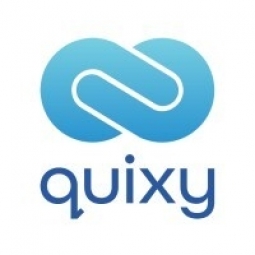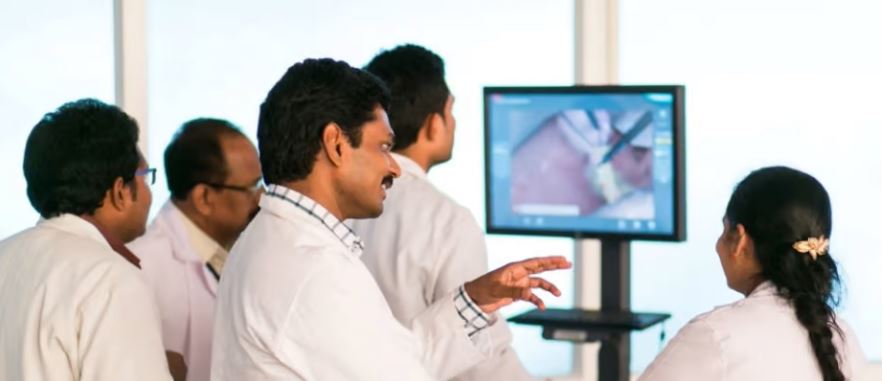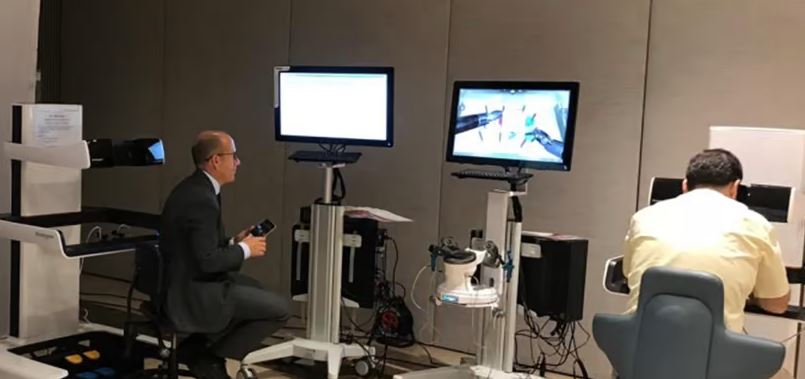Chatsworth International School Transforms Purchase Requisition Process with Quixy's No-Code Platform

Technology Category
- Cybersecurity & Privacy - Application Security
Applicable Industries
- Education
- National Security & Defense
Applicable Functions
- Procurement
Use Cases
- Cybersecurity
- Inventory Management
Services
- Cybersecurity Services
- System Integration
About The Customer
Chatsworth International School is an educational institution that was previously burdened with a manual, inefficient purchase requisition process. The school administration, divided into primary and secondary sections, had to navigate a complex hierarchy of approvals for each purchase request. The process was heavily reliant on email communication, which made tracking and approving requests challenging and time-consuming. The school also used offline Excel sheets to track purchase requests, which posed a risk to data security and was prone to calculation errors.
The Challenge
Chatsworth International School was struggling with a manual, email-based purchase requisition process that was slow, inefficient, and prone to errors. The school administration, divided into primary and secondary sections, had to process purchase requests through a complex hierarchy of approvals. This process involved extensive email communication for raising requests, seeking approvals, and tracking progress. Locating and honoring requests was a significant challenge as all the information was buried in email trails, leading to slow processing and disruption of regular school operations. Additionally, the use of offline Excel sheets for tracking purchase requests posed risks to data security and was susceptible to calculation errors.
The Solution
Chatsworth International School turned to Quixy's no-code platform to automate their Purchase Requisition System. The new procurement management system includes a purchase requisition application, status updates, and reports of approved purchases. The process begins with filling out a purchase requisition form, which collects detailed information such as the purchases requested, supplier details, quantity, and GST percentage. Once submitted, the system's configured workflow and business rules ensure that requests are systematically routed to the appropriate stakeholders. The system also prevents new requests from being raised once the allocated budgets are used up. All purchase data is accessible in one place, providing necessary visibility and transparency while ensuring only authorized users can access their respective data, thereby addressing data security concerns.
Operational Impact

Case Study missing?
Start adding your own!
Register with your work email and create a new case study profile for your business.
Related Case Studies.

Case Study
Data Capture for Afghanistan Forces
Electronic equipments on the field of Afghanistan provided information on the status of the vehicle and to identify potential threats surrounding it to the British Force. The monitoring and interpretation of this data requires robust and sophisticated digitization for data capture and communication.

Case Study
Revolutionizing Medical Training in India: GSL Smart Lab and the LAP Mentor
The GSL SMART Lab, a collective effort of the GSL College of Medicine and the GSL College of Nursing and Health Science, was facing a challenge in providing superior training to healthcare professionals. As clinical medicine was becoming more focused on patient safety and quality of care, the need for medical simulation to bridge the educational gap between the classroom and the clinical environment was becoming increasingly apparent. Dr. Sandeep Ganni, the director of the GSL SMART Lab, envisioned a world-class surgical and medical training center where physicians and healthcare professionals could learn skills through simulation training. He was looking for different simulators for different specialties to provide both basic and advanced simulation training. For laparoscopic surgery, he was interested in a high fidelity simulator that could provide basic surgical and suturing skills training for international accreditation as well as specific hands-on training in complex laparoscopic procedures for practicing physicians in India.

Case Study
IoT platform Enables Safety Solutions for U.S. School Districts
Designed to alert drivers when schoolchildren are present, especially in low-visibility conditions, school-zone flasher signals are typically updated manually at each school. The switching is based on the school calendar and manually changed when an unexpected early dismissal occurs, as in the case of a weather-event altering the normal schedule. The process to reprogram the flashers requires a significant effort by school district personnel to implement due to the large number of warning flashers installed across an entire school district.
Case Study
Enhancing Security and Compliance in Remitly's Global Money Transfer Service with Fastly
Remitly, an online remittance service, was faced with the challenge of securing its proprietary global transfer network. The company needed a security solution that could meet PCI requirements and protect customers' sensitive transactions through its mobile application. The solution had to be capable of defending against new and emerging attack types without impacting performance. Remitly also had to deal with irregular traffic patterns, such as a sudden spike in account transfers from a small network segment on the Pacific coastline of South America. The company needed to determine in real time whether such traffic indicated an attack or valid requests. A traditional web application firewall (WAF) would not be able to distinguish this traffic, potentially leading to customer frustration if the IP was blacklisted.

Case Study
Implementing Robotic Surgery Training Simulator for Enhanced Surgical Proficiency
Fundacio Puigvert, a leading European medical center specializing in Urology, Nephrology, and Andrology, faced a significant challenge in training its surgical residents. The institution recognized the need for a more standardized and comprehensive training curriculum, particularly in the area of robotic surgery. The challenge was underscored by two independent studies showing that less than 5% of residents in Italian and German residency programs could perform major or complex procedures by the end of their residency. The institution sought to establish a virtual reality simulation lab that would include endourological, laparoscopic, and robotic platforms. However, they needed a simulator that could replicate both the hardware and software of the robotic Da Vinci console used in the operating room, without being connected to the actual physical console. They also required a system that could provide both basic and advanced simulation training, and a metrics system to assess the proficiency of the trainees before they performed surgical procedures in the operating theater.

Case Study
Major Aerospace Company Automates Asset Management
The O&M division of an aerospace and global security company was using spreadsheets to manually track more than 3,000 assets assigned to students and staff. Maintaining audit trails for this high volume of equipment became increasingly time-consuming and challenging. The chore involved knowing precisely what equipment was on hand, what had been issued, its location and the name of the custodial owner of each item. Every aspect of this task was carried owner of each item. Every aspect of this task was carried out by individuals with spreadsheets. Manually documenting the full lifecycle of each asset added to the burden. This included tracking maintenance requirements and records, incidents and damages, repairs, calibrations, depreciation, and end-of-life data.






